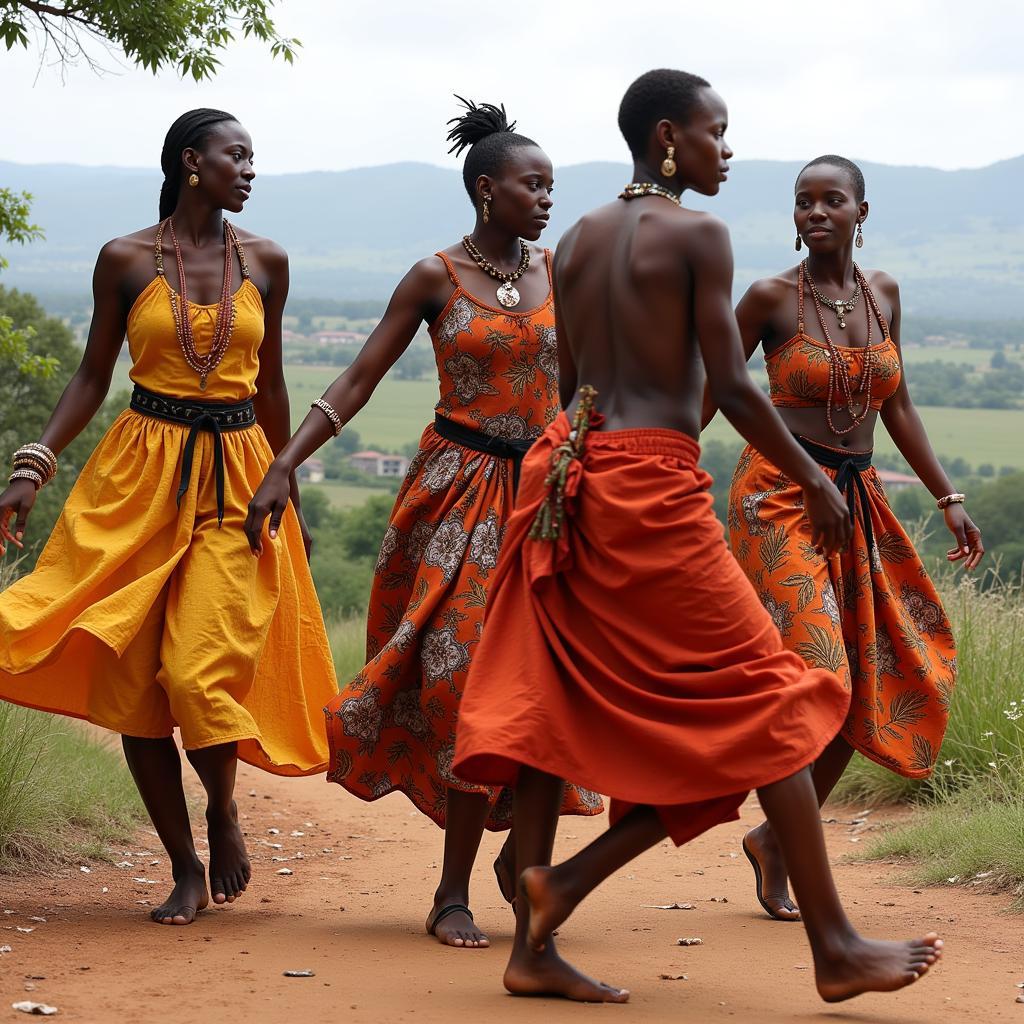African American Gangs in New York: A Look at Their History, Culture, and Impact
African American gangs have been a part of New York City’s history for decades, and their presence has had a significant impact on the city’s social, economic, and cultural landscape. This article explores the history, culture, and impact of African American Gangs In New York City, examining their origins, the factors that contribute to their formation, and the challenges they pose to the city’s communities.
The Origins of African American Gangs in New York
African American gangs in New York City emerged in the early 20th century, primarily as a result of the Great Migration, a period when millions of African Americans left the South for the North in search of better opportunities. Many of these migrants settled in the city’s poorest neighborhoods, facing discrimination and lack of economic opportunities.
As these communities struggled to cope with poverty, unemployment, and social exclusion, gangs began to form as a way to provide a sense of belonging, protection, and power.
The Impact of African American Gangs in New York
African American gangs in New York City have had a profound impact on the city’s communities, contributing to crime, violence, and social unrest.
- Increased Crime Rates: Gangs are often involved in criminal activities such as drug dealing, robbery, and assault, contributing to higher crime rates in the neighborhoods where they operate.
- Community Violence: Gang rivalry and turf wars often lead to violence, resulting in injuries and deaths within the community.
- Negative Social Impact: Gang activity creates a climate of fear and mistrust, impacting residents’ quality of life and hindering community development.
Factors Contributing to Gang Formation
Several factors contribute to the formation and persistence of African American gangs in New York City:
- Socioeconomic Disadvantage: Poverty, unemployment, and lack of economic opportunities are key factors driving young people towards gangs.
- Discrimination and Racism: Systemic racism and discrimination create a sense of marginalization and exclusion, pushing young people towards gangs as a form of resistance.
- Family Breakdown and Instability: Disrupted families and unstable home environments can leave young people vulnerable to gang recruitment.
- Lack of Positive Role Models: The absence of positive role models in the community can make gangs seem like the only way to achieve status and success.
Efforts to Address Gang Violence
Addressing gang violence requires a multi-pronged approach that includes:
- Community Development: Investing in community development initiatives to address poverty, unemployment, and lack of opportunities.
- Education and Employment: Providing education and employment opportunities to prevent young people from joining gangs.
- Law Enforcement: Effective law enforcement strategies to disrupt gang activities and hold gang members accountable.
- Social Services: Providing social services to address the underlying social and economic factors that contribute to gang formation.
“It’s essential to understand that gangs are a symptom of deeper social problems,” says Dr. Michael Carter, a sociologist specializing in urban crime. “Addressing these root causes is crucial to preventing future generations from falling into the cycle of gang violence.”
Conclusion
African American gangs in New York City are a complex issue with a long history and a significant impact on the city’s communities. Addressing gang violence requires a multifaceted approach that tackles the underlying social and economic factors that contribute to their formation. By investing in community development, providing educational and employment opportunities, and strengthening law enforcement, we can create a safer and more equitable environment for all New Yorkers.
FAQ
Q: What are some of the most notorious African American gangs in New York City?
A: Some of the most notorious African American gangs in New York City include the Bloods, Crips, and the Latin Kings.
Q: How can I get involved in efforts to address gang violence?
A: You can get involved by supporting community organizations that work to prevent gang violence, volunteering your time, or donating to organizations working on this issue.
Q: Are there any programs in place to help young people at risk of joining gangs?
A: There are many programs and organizations in New York City that provide support and guidance to youth at risk of joining gangs. These programs offer mentoring, education, and job training opportunities to help young people stay on a positive path.
Q: Are there any specific resources available for families impacted by gang violence?
A: Yes, there are many resources available for families impacted by gang violence, including support groups, counseling services, and legal assistance.
Q: What are some of the challenges in addressing gang violence?
A: Some of the challenges in addressing gang violence include a lack of funding, limited resources, and community resistance to intervention efforts.



